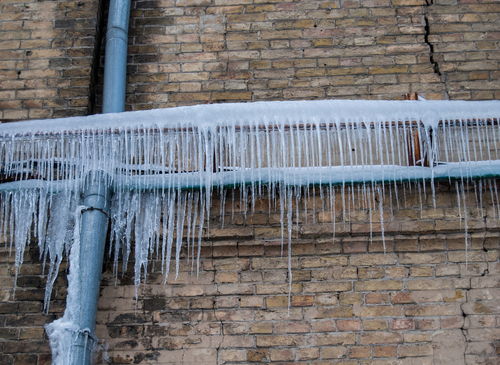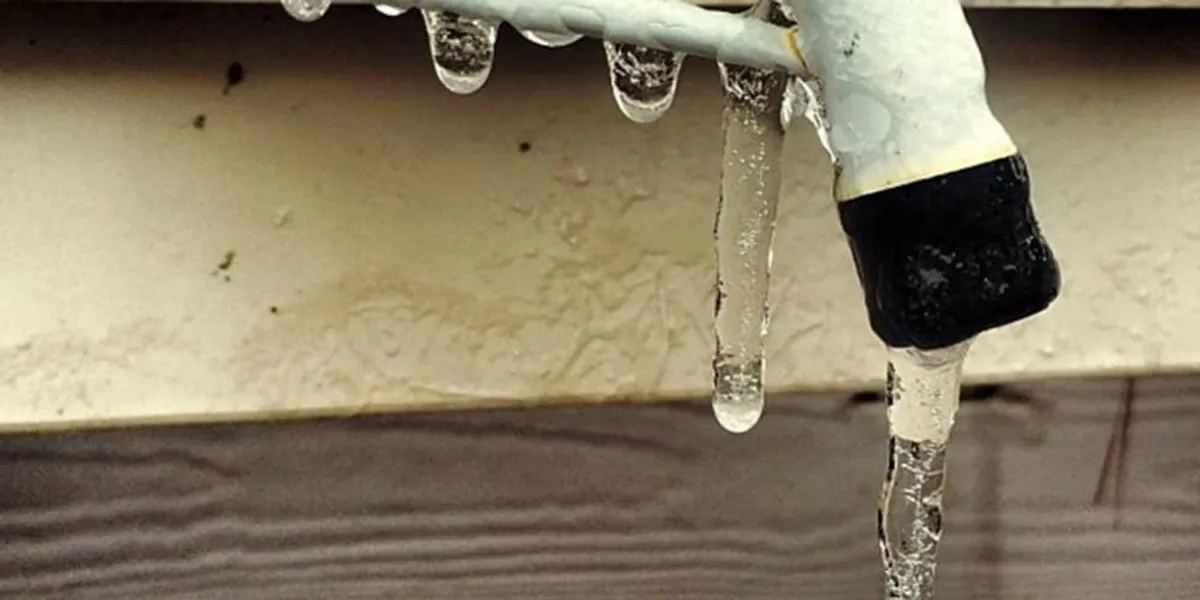Crucial Advice for Preventing Frozen Plumbing in Cold Weather Conditions
Crucial Advice for Preventing Frozen Plumbing in Cold Weather Conditions
Blog Article
Listed here in the next paragraphs you can find some worthwhile material all about Winter Plumbing Precautions: Preventing Frozen Pipes.

Winter can ruin your pipes, especially by freezing pipes. Here's how to avoid it from happening and what to do if it does.
Introduction
As temperature levels decrease, the danger of frozen pipelines boosts, potentially leading to pricey fixings and water damage. Understanding just how to avoid frozen pipelines is essential for homeowners in chilly climates.
Recognizing Frozen Pipelines
What causes pipelines to freeze?
Pipes ice up when subjected to temperature levels below 32 ° F (0 ° C) for expanded periods. As water inside the pipes ices up, it increases, putting pressure on the pipeline walls and possibly causing them to rupture.
Dangers and damages
Icy pipes can lead to water system interruptions, residential property damage, and pricey repair work. Burst pipelines can flooding homes and trigger considerable structural damages.
Signs of Frozen Water Lines
Identifying frozen pipelines early can stop them from bursting.
Just how to identify frozen pipes
Seek lowered water circulation from taps, uncommon smells or noises from pipes, and noticeable frost on revealed pipelines.
Avoidance Tips
Insulating vulnerable pipes
Wrap pipes in insulation sleeves or utilize warm tape to secure them from freezing temperature levels. Concentrate on pipelines in unheated or outside areas of the home.
Home heating methods
Keep indoor areas sufficiently heated, specifically areas with pipes. Open up cabinet doors to permit warm air to flow around pipes under sinks.
Protecting Outside Plumbing
Garden hoses and outside faucets
Detach and drain pipes yard hoses prior to winter. Set up frost-proof faucets or cover outdoor taps with shielded caps.
What to Do If Your Pipes Freeze
Immediate activities to take
If you presume frozen pipelines, keep faucets open to relieve stress as the ice thaws. Utilize a hairdryer or towels taken in hot water to thaw pipes gradually.
Long-Term Solutions
Structural modifications
Take into consideration rerouting pipelines away from exterior walls or unheated locations. Include added insulation to attic rooms, cellars, and crawl spaces.
Updating insulation
Invest in premium insulation for pipelines, attics, and walls. Appropriate insulation assists preserve constant temperature levels and decreases the risk of frozen pipes.
Conclusion
Avoiding frozen pipelines needs positive steps and quick responses. By comprehending the causes, signs, and safety nets, home owners can secure their plumbing throughout cold weather.
5 Ways to Prevent Frozen Pipes
Drain Outdoor Faucets and Disconnect Hoses
First, close the shut-off valve that controls the flow of water in the pipe to your outdoor faucet. Then, head outside to disconnect and drain your hose and open the outdoor faucet to allow the water to completely drain out of the line. Turn off the faucet when done. Finally, head back to the shut-off valve and drain the remaining water inside the pipe into a bucket or container. Additionally, if you have a home irrigation system, you should consider hiring an expert to clear the system of water each year.
Insulate Pipes
One of the best and most cost-effective methods for preventing frozen water pipes is to wrap your pipes with insulation. This is especially important for areas in your home that aren’t exposed to heat, such as an attic. We suggest using foam sleeves, which can typically be found at your local hardware store.
Keep Heat Running at 65
Your pipes are located inside your walls, and the temperature there is much colder than the rest of the house. To prevent your pipes from freezing, The Insurance Information Institute suggests that you keep your home heated to at least 65 degrees, even when traveling. You may want to invest in smart devices that can keep an eye on the temperature in your home while you’re away.
Leave Water Dripping
Moving water — even a small trickle — can prevent ice from forming inside your pipes. When freezing temps are imminent, start a drip of water from all faucets that serve exposed pipes. Leaving a few faucets running will also help relieve pressure inside the pipes and help prevent a rupture if the water inside freezes.
Open Cupboard Doors
Warm your kitchen and bathroom pipes by opening cupboards and vanities. You should also leave your interior doors ajar to help warm air circulate evenly throughout your home.

I ran across that page about How to prepare your home plumbing for winter weather while browsing the web. Do you know about another individual who is very much interested in the subject? Feel free to share it. We recognize the value of your readership.
Booking Page Report this page